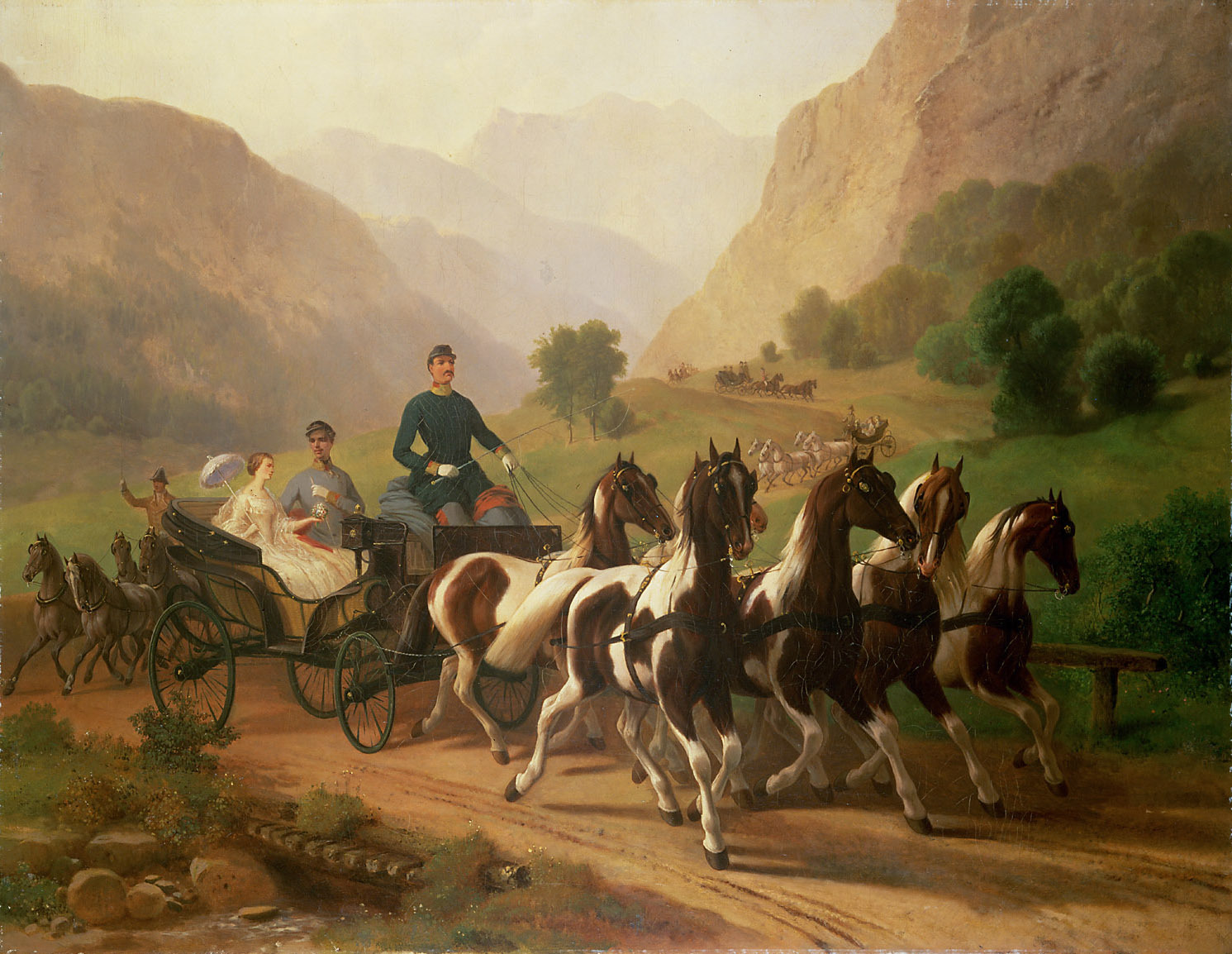RAW
@base <https://sissilinked.github.io/>.
@prefix rdf: <https://www.w3.org/TR/rdf-schema/#>.
@prefix foaf: <https://xmlns.com/foaf/0.1/>.
@prefix person: <http://www.w3.org/ns/person/>.
@prefix gndo: <https://d-nb.info/standards/elementset/gnd#>.
@prefix gnd: <http://d-nb.info/gnd/>.
@prefix dbo: <http://dbpedia.org/ontology/>.
@prefix dbr: <http://dbpedia.org/resource/>.
@prefix gn: <http://www.geonames.org/ontology>.
@prefix geonames: <http://sws.geonames.org/>.
@prefix rel: <http://purl.org/vocab/relationship/>.
@prefix eac-cpf: <https://eac.staatsbibliothek-berlin.de/>.
@prefix rdau: <http://rdaregistry.info/Elements/u/>.
@prefix geo: <http://www.w3.org/2003/01/geo/wgs84_pos#>.
@prefix crm: <http://www.cidoc-crm.org/cidoc-crm/>.
@prefix schema: <http://schema.org/>.
@prefix dc: <http://purl.org/dc/terms/>.
@prefix dcterms: <http://purl.org/dc/terms/>.
@prefix bio: <http://purl.org/vocab/bio/0.1/>.
@prefix event: <http://purl.org/NET/c4dm/event.owl#>.
@prefix skos: <http://www.w3.org/2004/02/skos/core.html>.
@prefix mo: <http://musicontology.com/>.
@prefix viaf: <http://viaf.org/viaf/>.
@prefix xsd: <http://www.w3.org/2001/XMLSchema>.
@prefix owl: <http://www.w3.org/1999/02/22-rdf-syntax-ns#>.
<person/Elisabeth_of_Austria>
rdf:type foaf:Person;
foaf:name 'Empress Elisabeth of Austria';
person:birthName 'Elisabeth Amalie Eugenie Herzogin in Bayern';
foaf:givenName 'Elisabeth';
foaf:familyName 'von Wittelsbach';
gndo:variantNameOfThePerson 'Sissi';
gndo:pseudnymNameOfThePerson 'Countess of Hohenems';
foaf:gender 'Female';
gndo:memberOfTheFamily gnd:118634232, #House of Wittelsbach
gnd:118544233, #House of Habsburg
gnd:1075812380; #House of Lorraine
gndo:titleOfNobilty 'Duchess in Bavaria',
'Queen consort of Hungary',
'Empress consort of Austria';
gndo:predecessor gnd:119446707; #Maria Anna of Savoy
gndo:successor gnd:118637126; #Zita of Bourbon-Parma
gndo:functionOrRole 'Imperial and Royal Majesty';
gndo:dateOfBirth '1837-12-24'^^xsd:date;
person:placeOfBirth geonames:2867714; #Munich
gndo:dateOfDeath '1898-09-10'^^xsd:date;
person:placeOfDeath geonames:2660646; #Geneva
dbo:causeOfDeath 'Stabbing';
dbo:killedBy <person/Luigi_Lucheni>;
dbo:placeOfBurial gnd:4272994-4; #Imperial Crypt
rel:spouseOf <person/Franz_Joseph_I>;
rel:parentOf dbr:Archduchess_Sophie_of_Austria,
gnd:119532271, #Archduchess Gisela of Austria
gnd:118603698, #Rudolf, Crown Prince of Austria
gnd:118919830; #Archduchess Marie Valerie of Austria
dbo:coronationDate '1867-06-08'^^xsd:date;
dbo:livingPlace <place/Royal_Palace_of_Gödöllő>;
gndo:placeOfActivity viaf:265182984, #Austrian Empire
gnd:4075613-0, #Austria-Hungary
gnd:4005044-0, #Kingdom of Bavaria
gnd:4022047-3, #Greece
gnd:4053881-3; #Switzerland
dbo:waistSize '406400 μ'; #16 inches
eac-cpf:biogHist 'Elisabeth (born December 24, 1837, Munich, Bavaria [Germany]—died September 10, 1898, Geneva, Switzerland), empress consort of Austria from April 24, 1854, when she married Emperor Franz Joseph. She was also queen of Hungary (crowned June 8, 1867) after the Austro-Hungarian Ausgleich, or Compromise. Her assassination brought her rather unsettled life to a tragic end.';
rdau:P60630 <item/Black_Court_Dress>,
<item/Black_Laundalet>;
foaf:depiction <item/Elisabeth_Coronation_Photograph>,
<item/Family_Lithograph_in_Gödöllő>;
dbo:influenced <concept/Imperial_Style>;
foaf:isPrimaryTopicOf <item/Sissi_The_Young_Empress>;
owl:sameAs gnd:118529897,
viaf:72185406;
owl:differentFrom gnd:120107112; #Elisabeth of Bavaria, Queen of Belgium
dbo:wikiPageExternalLink <https://en.wikipedia.org/wiki/Empress_Elisabeth_of_Austria>.
<place/Royal_Palace_of_Gödöllő>
rdf:type crm:E53_Place;
dbo:buildingType gnd:040443949; #Palace
dbo:architecturalStyle gnd:4004541-9; #Baroque
gn:name 'Royal Palace of Gödöllő';
gn:alternateName 'Grassalkovich Castle';
dbo:historicalName 'Grassalkovich-kastély';
gn:parentCountry geonames:719819; #Hungary
dbo:city geonames:4361429-2; #Gödöllő
dbo:buildingStartYear '1733'^^xsd:gYear;
dbo:buildingEndYear '1760'^^xsd:gYear;
schema:address 'Grassalkovich-kastely Lot Number 5852';
gn:postalCode 'Gödöllő 2100 Hungary';
dbo:architect gnd:1022834770; #András Mayerhoffer
geo:lat '47.59657';
geo:long '19.35515';
dbo:abstract 'The Royal Palace of Gödöllő German: Schloss Gödöllő, Hungarian: Gödöllői Királyi Kastély) or Grassalkovich Castle is an imperial and royal Hungarian palace located in the municipality of Gödöllő in Pest county, central Hungary. It is famous for being a favourite place of Queen Elisabeth of Hungary.';
crm:P43_has_dimension '1.700 m²';
crm:P52_has_current_owner gnd:4078541-5; #Hungarian State
crm:P51_has_former_or_current_owner <person/Elisabeth_of_Austria>,
<person/Franz_Joseph_I>;
dbo:dateAgreement '1867'^^xsd:gYear;
schema:event <event/Hungarian_Coronation>;
dbo:initiallyUsedFor 'Noble residence';
dbo:currentlyUsedFor 'Tourist attraction';
skos:related viaf:135123039; #Presidency of the Council of the European Union;
foaf:depiction <item/Family_Litograph_in_Gödöllő>;
dbo:wikiPageExternalLink <https://en.wikipedia.org/wiki/Royal_Palace_of_G%C3%B6d%C3%B6ll%C5%91>;
owl:sameAs viaf:235220045,
gnd:4541079-3.
<event/Hungarian_Coronation>
rdf:type bio:IndividualEvent;
bio:principal <person/Elisabeth_of_Austria>,
<person/Franz_Joseph_I>;
bio:officiator gnd:118502875; #Count Gyula Andrássy
bio:participant <person/Elisabeth_of_Austria>,
<person/Franz_Joseph_I>,
gnd:118502875; #Count Gyula Andrássy
bio:place gnd:4391871-2; #Mathias Cathedral, Buda
bio:date '1867-06-08'^^xsd:date;
bio:immediatelyFollowingEvent gnd:4043319-5; #Austro-Ungarian Unification
foaf:depiction <item/Elisabeth_Coronation_Photograph>;
mo:produced_work 'Hungarian Coronation Mass';
foaf:isPrimaryTopicOf <https://www.habsburger.net/en/chapter/austro-hungarian-dual-monarchy-coronation-hungarian-royal-couple>;
skos:broader bio:Event;
skos:narrower bio:Coronation.
Highlighted Turtle version GitHub
Download graph
Semantic web doesn’t consist in just creating an architecture for data, but also and above all, in creating interconnections. In order to create internal connections, we came up with new URIs for each entity, as if they were part of a real Linked Open Data system, and for the items included in the rdf.
We also used Authority controlled forms and external resources as a way of associating a unique identifier to the entities and to names of people, places and events, which are external and not described by our model. Every time it was possible to use this form directly, we wrote the name of resource in its controlled form.
GND
The Integrated Authority File is an international authority file for the organisation of personal names, subject headings and corporate bodies created by the German National Library. We made a broad use of it, especially for identifying royal people (i.e. http://d-nb.info/gnd/119446707 for Maria Anna of Savoy), buildings, concepts (i.e. http://d-nb.info/gnd/4004541-9 for Baroque) and countries from an historical, and not only geographical, point of view.
VIAF
The Virtual International Authority File combines multiple name authority files into a single OCLC-hosted name authority service. The goal of the service is to lower the cost and increase the utility of library authority files by matching and linking widely-used authority files and making that information available on the Web.
DBR
DBpedia is a project aiming to extract structured content from the information created in Wikipedia. This structured information is made available on the World Wide Web, allowing the possibility of semantically query relationships and properties of Wikipedia resources, including links to other related datasets.
GEONAMES
GeoNames is a geographical database contains over 25 million geographical names and consists of over 11 million unique features whereof 4.8 million populated places and 13 million alternate names. It provides permanet links for every record. We used them as a way for uniquely identify cities (i.e. http://www.geonames.org/2867714 for Munich), countries and other geographical locations.
Finally, we included properties that would allow the connection to external resources, as the authority forms mentioned above, or others related because of the sharing of one of the features of the described entity. In order to do that, we established different semantic associations from a hierarchical, partitive or associative point of view.
